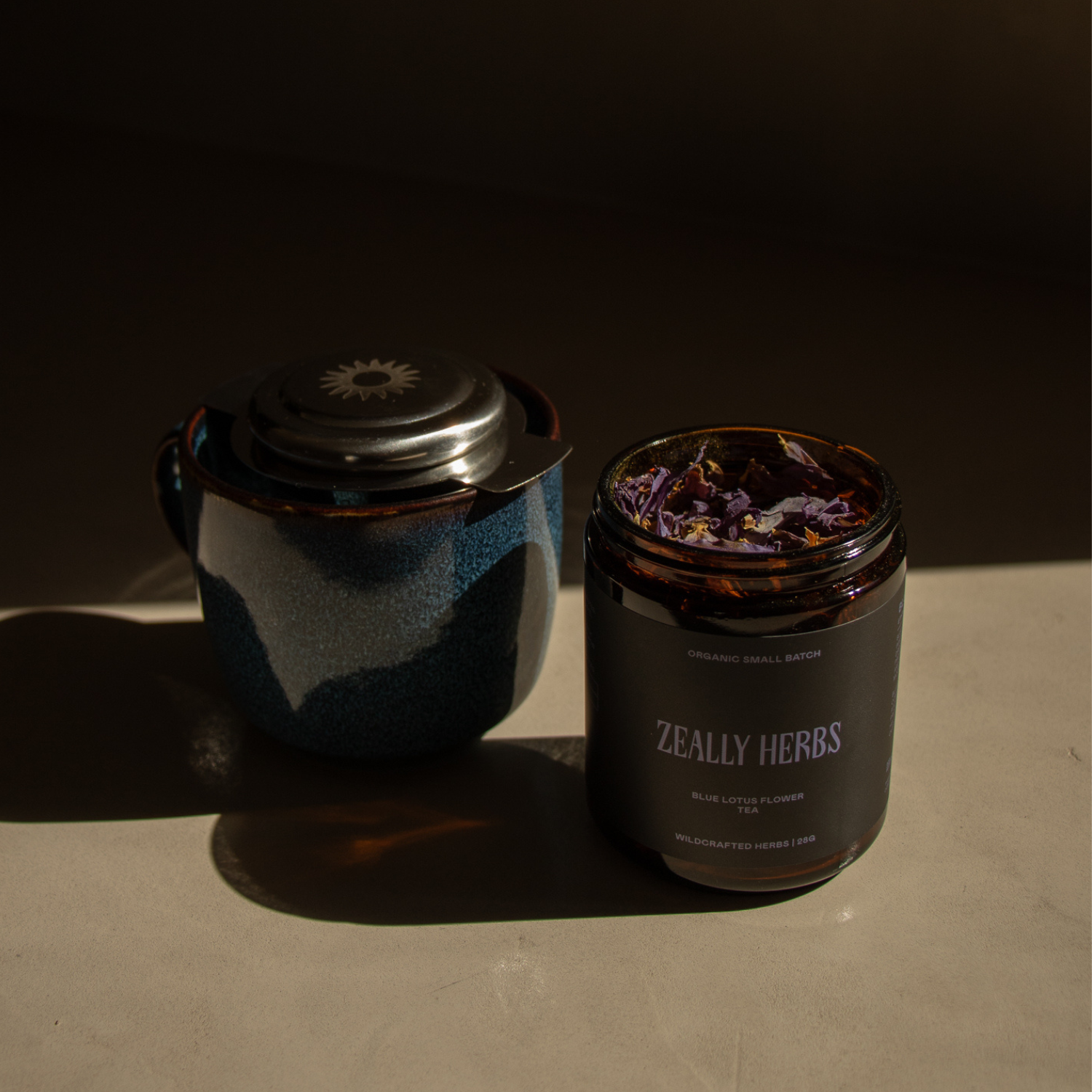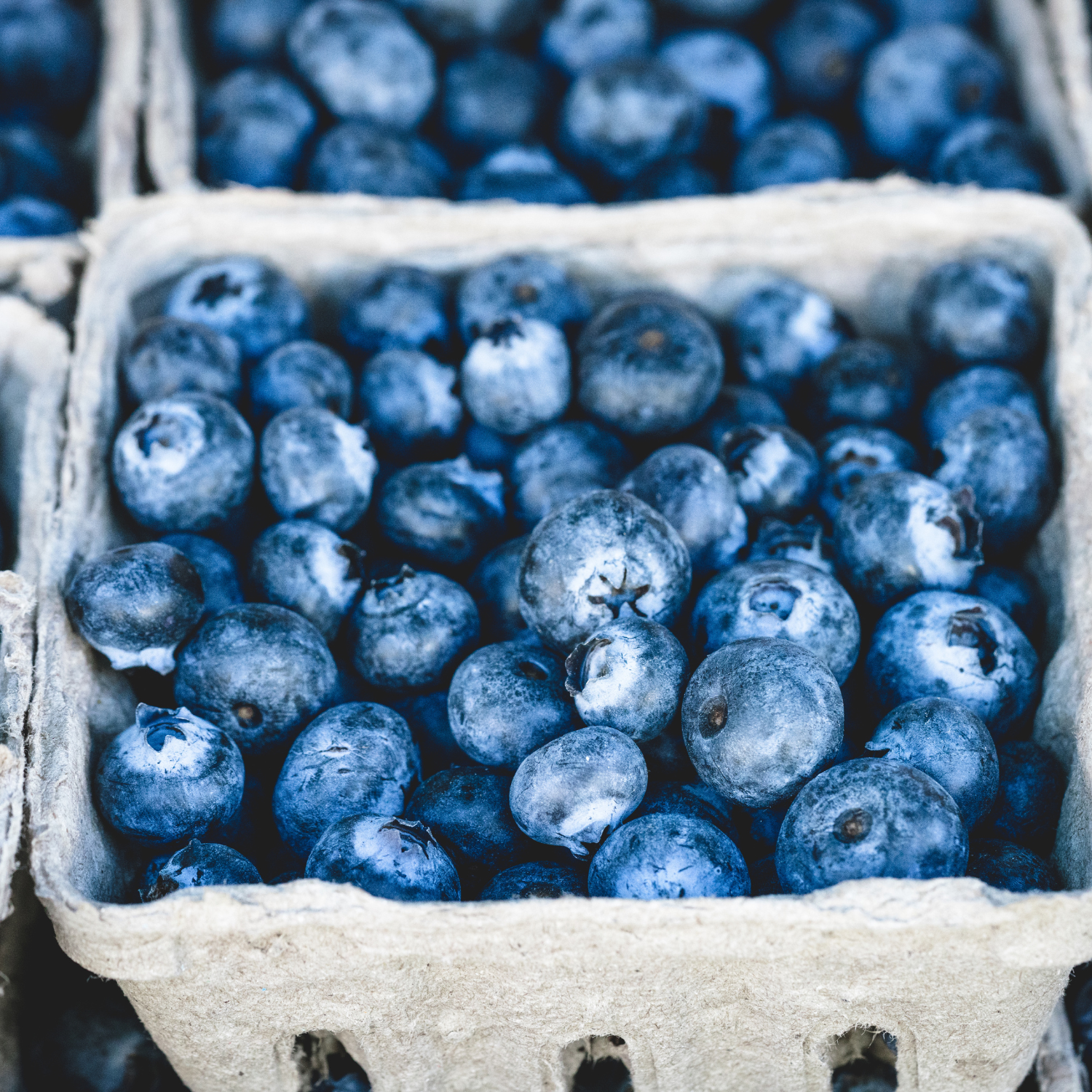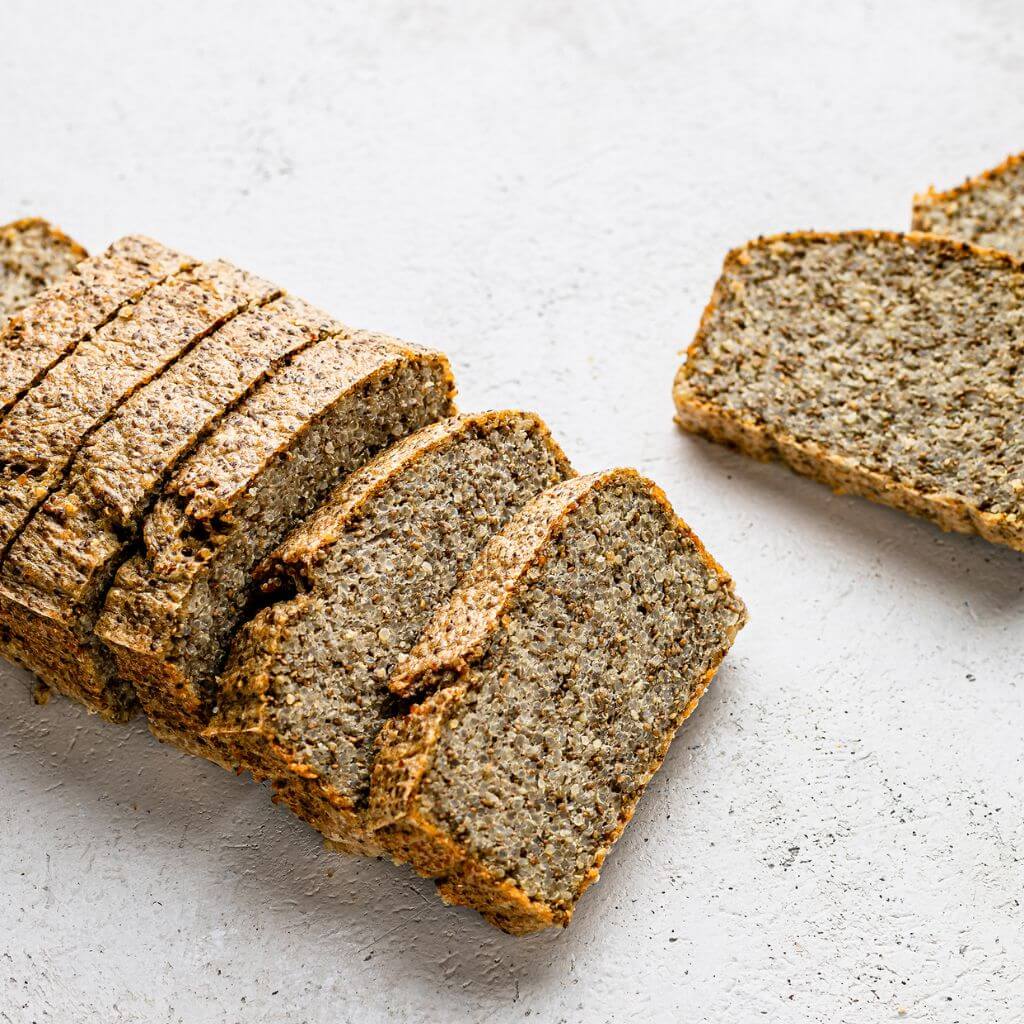Blue Lotus (Nymphaea Caerulea) has been revered for thousands of years, celebrated for its beauty, calming qualities, and spiritual significance. Originally grown along the Nile River in Egypt, this aquatic plant has also played a role in traditional medicine and is now enjoyed worldwide—especially as a Blue Lotus tea.
Today, interest in Blue Lotus is growing in Australia as people seek natural remedies for detoxification, parasite cleansing, and relaxation.
What Is Blue Lotus Tea?
Blue Lotus tea is made by steeping the dried petals of the Blue Lotus flower in hot water. The tea has a mild, floral flavour and is most often enjoyed for its relaxing and mood-enhancing properties.
However, recent studies and traditional use suggest that Blue Lotus may offer far more than relaxation. Research indicates it may support detoxification, liver health, stress relief, and even parasite elimination.
Health Benefits of Blue Lotus Tea
1. Rich in Antioxidants
Blue Lotus contains a wide variety of antioxidants including flavonoids, quercetin, kaempferol, and myricetin (8). These compounds help neutralise free radicals, reducing oxidative stress linked to chronic disease. Drinking Blue Lotus tea can therefore support your body’s natural detoxification pathways and overall wellness.
2. Supports Liver Health
The liver is central to detoxification, filtering out toxins and metabolic waste. Some studies suggest Blue Lotus may help support liver function and promote liver detoxification, making it a powerful herbal ally in any cleanse protocol.
3. Anti-Parasitic Properties
Traditionally, Blue Lotus was used for digestive complaints and parasitic infections. Modern analysis has identified compounds like nuciferine and aporphine, which may contribute to its anti-parasitic effects. Drinking Blue Lotus tea can therefore support gut health and aid in parasite elimination.
4. Relaxation and Stress Reduction
Detoxing can be stressful on the body, and stress itself is linked to gut imbalances like Candida overgrowth. Blue Lotus contains nuciferine, a compound with antipsychotic and calming effects (6). It has been associated with mild sedation, improved sleep (7), and reduced stress.
Blue Lotus also contains apomorphine, a dopamine agonist that can create feelings of euphoria (4). For this reason, some regard Blue Lotus tea as a natural aphrodisiac.
How to Use Blue Lotus Tea in a Cleanse
If you’d like to try Blue Lotus for its health benefits, always choose organic, high-quality petals—like those sourced at Zeally Herbs.
-
To prepare: Steep 1–2 teaspoons of dried Blue Lotus petals in hot water for 5–10 minutes.
-
Best time to drink: Because it may promote sleepiness, enjoy it in the evening before bed.
-
Flavour tips: Blue Lotus has a rich, earthy taste. If preferred, add a touch of honey, or blend with other herbs like ginger, turmeric, or cacao for a soothing detox tonic.
The Takeaway
Adding Blue Lotus tea to your parasite cleanse or detox regimen may provide multiple benefits: antioxidant support, liver detoxification, relaxation, and even anti-parasitic properties. This ancient flower remains a modern ally for gut health, stress relief, and natural detox.
FAQs About Blue Lotus Tea and Cleansing
1. Can Blue Lotus tea really help with parasites?
Traditional medicine and modern studies suggest compounds in Blue Lotus may support anti-parasitic activity, helping to maintain a healthy digestive tract.
2. Is Blue Lotus tea safe to drink daily?
For most people, yes—especially in moderate amounts (1–2 cups per day). Always choose organic petals and consult a practitioner if pregnant, breastfeeding, or on medication.
3. When is the best time to drink Blue Lotus tea?
Because it promotes relaxation and mild sleepiness, it’s best consumed in the evening or before bed.
4. Can Blue Lotus tea be combined with other herbs during a cleanse?
Absolutely. It pairs well with herbs like ginger, turmeric, or cacao for added detox and gut health support.
5. Does Blue Lotus tea cause euphoria?
Some people experience mild euphoria or heightened relaxation due to its apomorphine and nuciferine content, which influence dopamine pathways.



